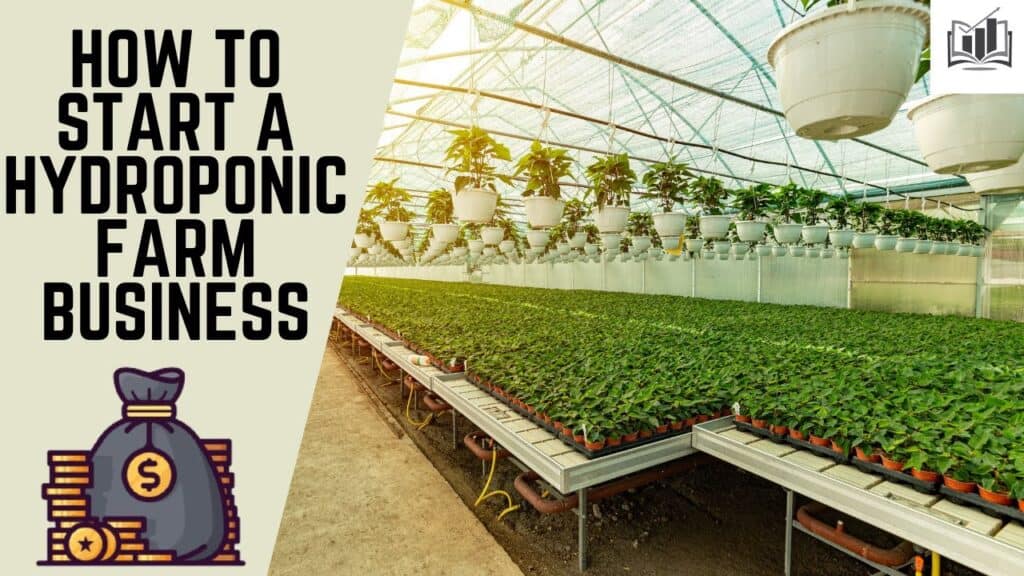How to Raise Orchids: Selecting Healthy Orchids
If you’re wondering how to raise orchids, the first step is picking out an orchid that is healthy. Orchids can sometimes display beautiful blooms and can be in poor health where as some orchids can display wilted blooms and they aren’t necessarily unhealthy.
For this reason, it is important to inspect several different elements to get clear picture of a plant’s overall health. There are a few simple inspection measures that you should follow to help you choose healthy orchids.
Inspect The Orchid
The first element to inspect is the blooms of the plant. Although, as previously mentioned, this is not the only aspect you need to look at. If you are wanting to buy an orchid that will be in bloom for a while, it’s important that you choose one that has a few buds that aren’t opened yet.
If all of the buds are already opened, there is no way to tell how long the plant has been in full bloom. An orchid in full bloom could very well be at the end of its blooming period and will be ready to drop its flowers. This doesn’t mean that the plant is unhealthy or dying, but you won’t get any more flowers out of it until the next blooming cycle.
When you are inspecting a plant and see that some of the blooms have turned a brownish color or look wilted, then it is very likely that the rest of the blooms will go through the same process very soon.
One obvious element to inspect is evidence of pests or disease. Make sure to look for pests crawling on the leaves and in the potting medium. If you buy a plant with pests or disease, not only will it be much more difficult to raise, but it can easily spread the pest and disease to other plants within your home.
Once you choose an orchid to buy, you should keep it away from your other plants for several weeks in order to ensure that you will prevent spreading any pests and disease that you were not able to detect.
One of the next elements to inspect is the leaves of the plant. When inspecting the leaves you will want to find a plant that has firm and plump leaves with a bright green coloring.
Some indicators that a plant is dehydrated are limp, wrinkled, or plants with very dark leaves. These are the plants that you want to stay away from because this could be an indicator that the roots are also in poor condition.
The next element to inspect is the type of potting medium that is used. You will want to make sure that the medium does not look to be old or moldy.
If you are able to see the roots of the orchid then this is the next thing to inspect. Some indicators of healthy roots are roots that are firm and display either a green or a grey color.
Roots you will want to avoid and are indicative of an unhealthy plant are roots that are brown, mushy, break off easily, or roots that smell bad.
By following these few simple inspection guidelines, you can cut down your chances of bringing home a plant that is unhealthy. By inspecting a plant thoroughly, you should have a clear picture of a plants overall health and should be able to pick a healthy orchid to raise that will grow to be vibrant and beautiful.
Originally posted 2021-01-17 11:06:47.




